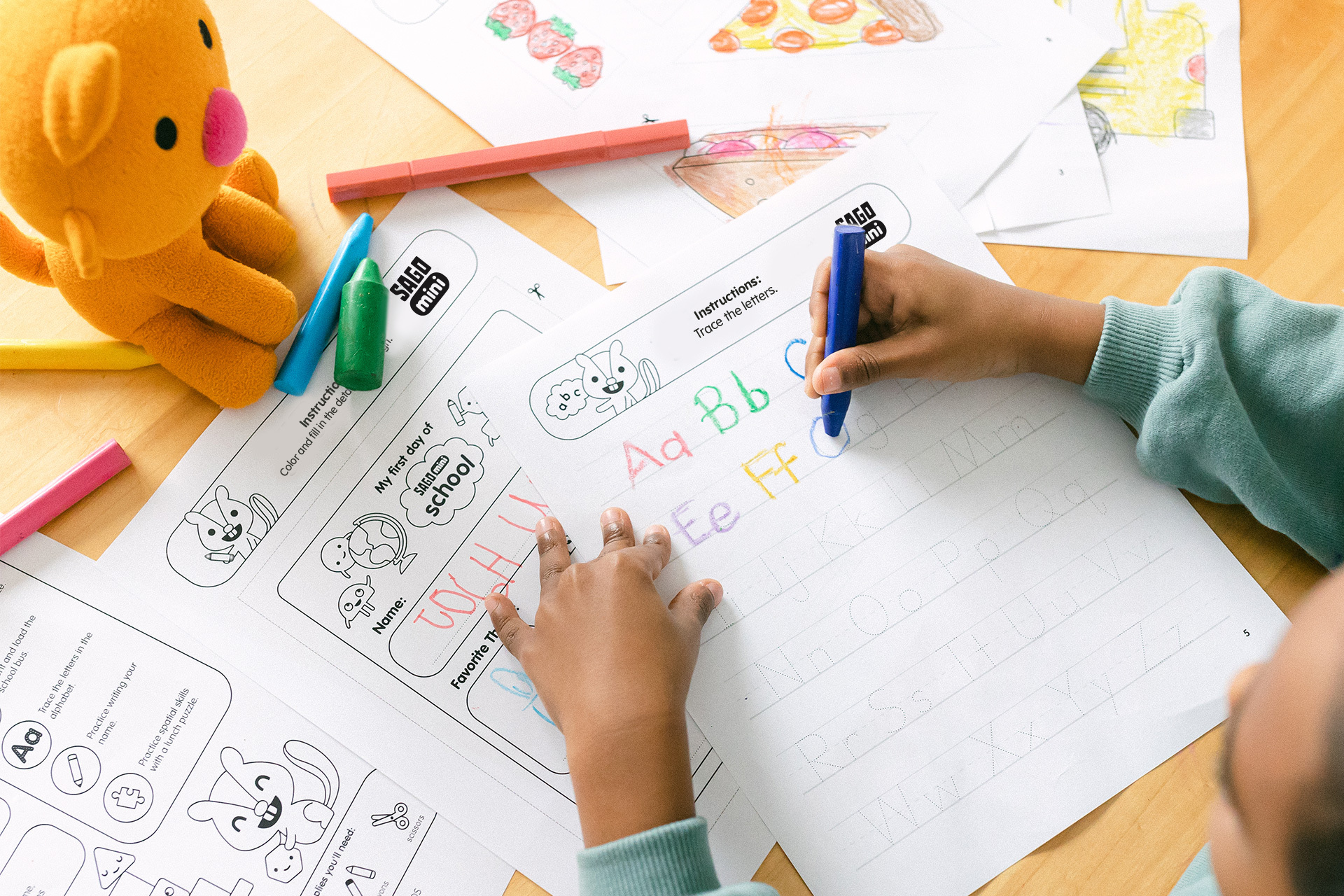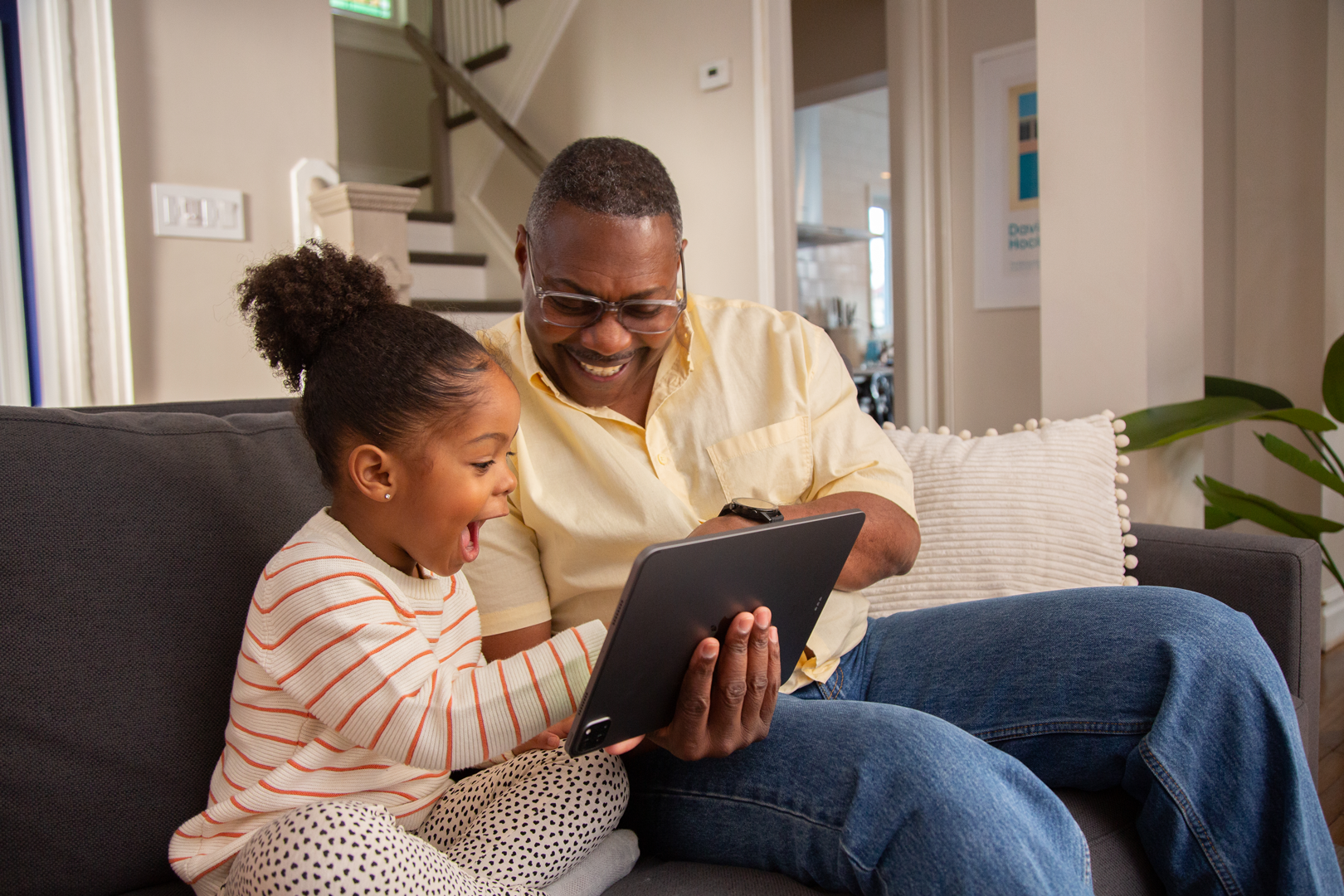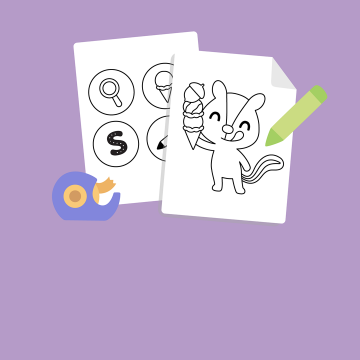- What's open-ended play?
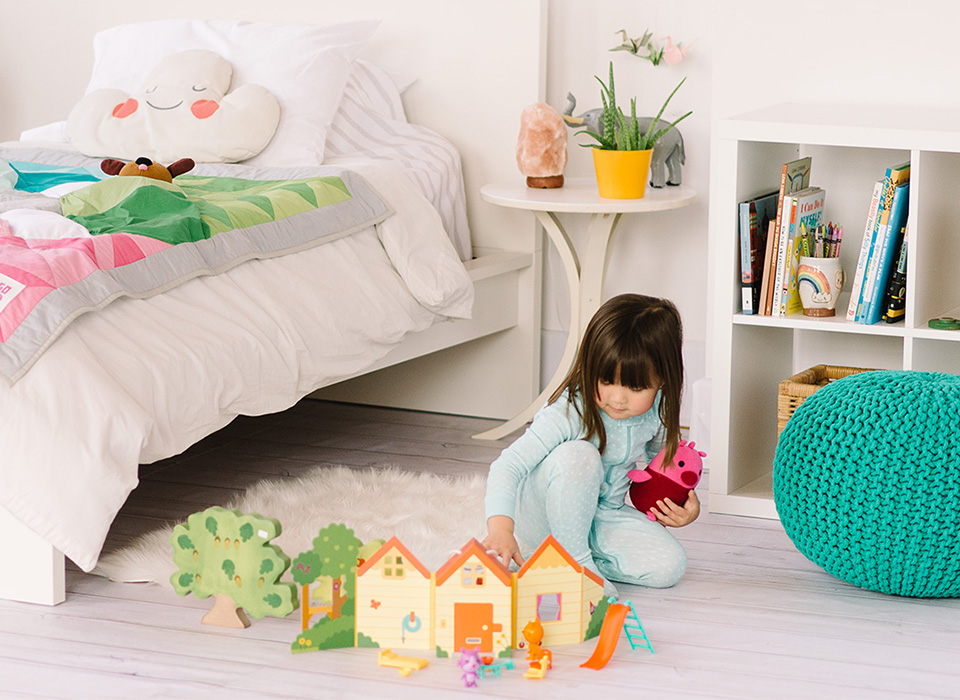
Children, by nature, are curious, creative, and imaginative. By allowing them to express themselves creatively using thoughtfully designed toys, they are able to develop their social and emotional skills, language skills, and creative thinking skills. When given the space and opportunity to play and imagine without strict boundaries or particular goals—and the tools with which to do so—kids can experiment, come up with fun fictional characters, and discover new things for themselves. By providing your kids with toys that have thoughtful details, colors and designs that stimulate their imagination, and beautiful artwork to boot, you’re setting them up for a successful future.
As children grow, the skills they learn from these kinds of toys become fundamental to their ability to make friends, succeed in school, and feel confident in themselves. So what are the key components of an activity or toy that fosters open-ended play?
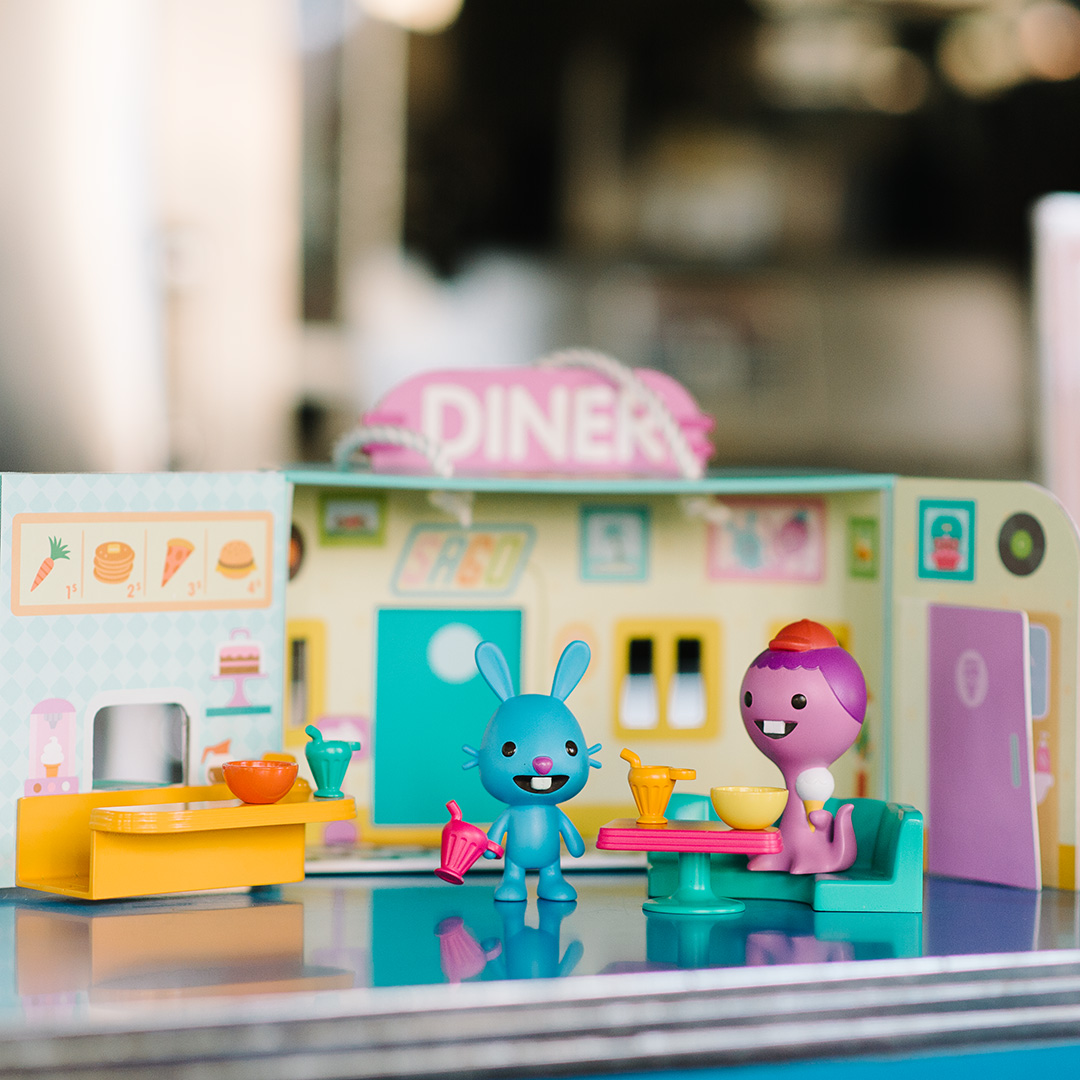
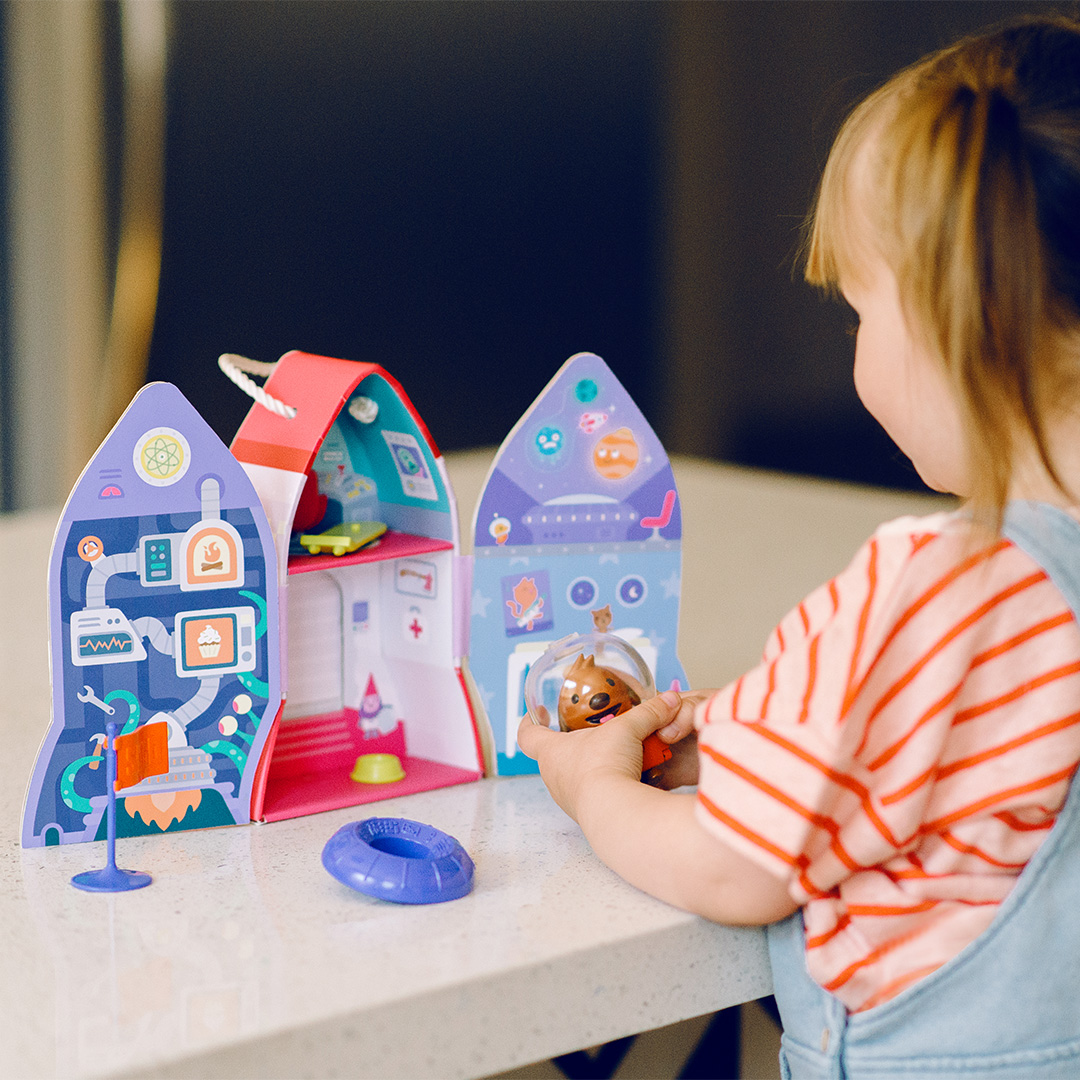
Dr. Roberta Golinkoff, author of the best-selling book Becoming Brilliant: What Science Tells Us About Raising Successful Children, explained in a recent New York Magazine article that great toys for toddlers emphasize the “six C’s”—collaboration, communication, content, creative innovation, critical thinking, and confidence. Toys that encourage make believe, spark kids’ innate sense of wonder, and include details that cultivate curiosity can foster these values; instead of feeling pressured to keep up with other players or reach a specific target, open-ended, whimsical activities emphasize the importance of discovery and fun while remaining stimulating and educational.
Regardless of the activity at hand, however, strong design is key. There are plenty of toys out there that can teach your child counting or spelling skills, but not all toys are created equal. Toys or activities that truly spark creativity, teach valuable lessons, and account for individuality and different learning speeds—all while still being fun—are the kinds of things you want to be looking for.
Open-ended activities you can do with your kids can include:
- Building with colorful blocks
- Playing with bubbles in the bath or a small outdoor pool
- Mixing and matching objects to learn different shapes and colors
- Playing make believe on the go with portable playsets
- Imaginative play with stuffed (or animated) animals to build storytelling and communication skills
- Learning to play musical instruments
- Finger painting
These are just a few simple ideas, but the possibilities for open-ended play are endless. So next time you’re choosing a new toy or planning an activity for your child, consider things that might encourage the “six C’s” rather than scoring points; foster the development of new ideas and skills by providing your kids with the tools they need to have hours of open-ended, imaginative fun.
This post was originally featured on magazine.
